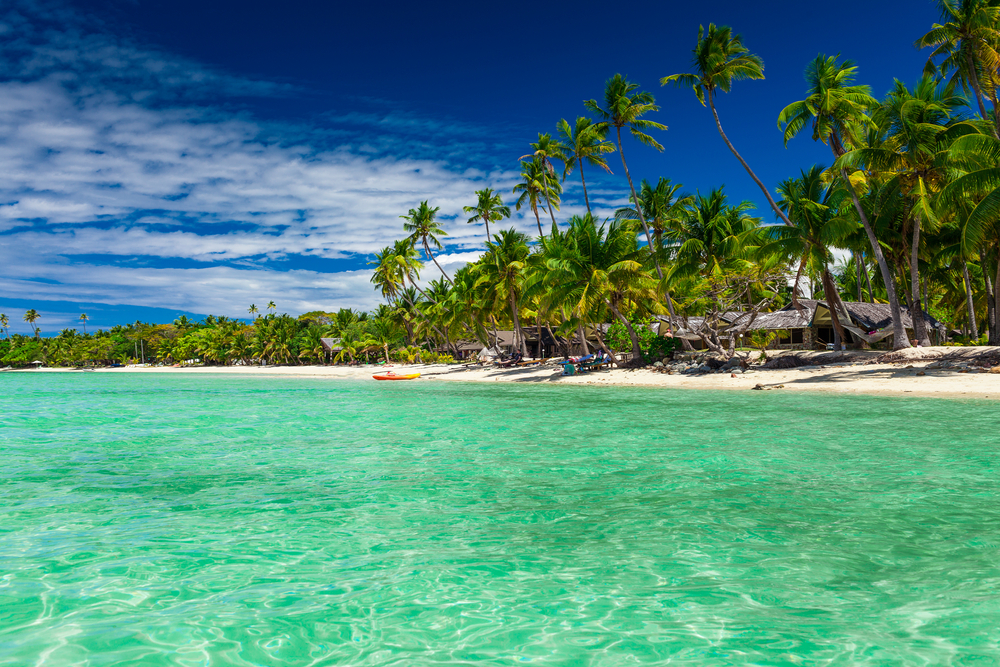
First rule: There are no rules. These resources are completely free and at your disposal. Use as much, or as little, as you want. Study casually, or work to create a portfolio of academic work that will blow the socks off of the educational establishment.
Feel free to adapt the materials for your own purposes. We expect families, business people, backpackers, college students, high school kids, middle aged vacationers, and retirees who are on a late life adventure to take these materials and run with them. We’d be very happy for teachers or travel group leaders to add these materials to their study abroad packets as well.
The nature of open source is collaboration, so please feel free to contribute when you become aware of resources we haven’t listed, or you have project ideas that we haven’t developed. Send us your work and inspire others to reach higher and deeper as they travel!
Our goal with this project is to inspire adventure and further education through experiential learning around the world. Please send us a note and let us know how you used these resources!
Buffet Style Learning
Does the menu look overwhelming? Looking for a formula to use as a skeleton for your studies in Fiji?
Choose:
- Two books
- Two films
- Three articles
- One Problem & Solution or Project Option
- One Cultural Assignment
Table of Contents
- Books
- Books for Kids
- Films
- Articles
- Project Options
- Problems & Solutions
- Cultural Assignments
- Create Your Own Coursework
Book Recommendations
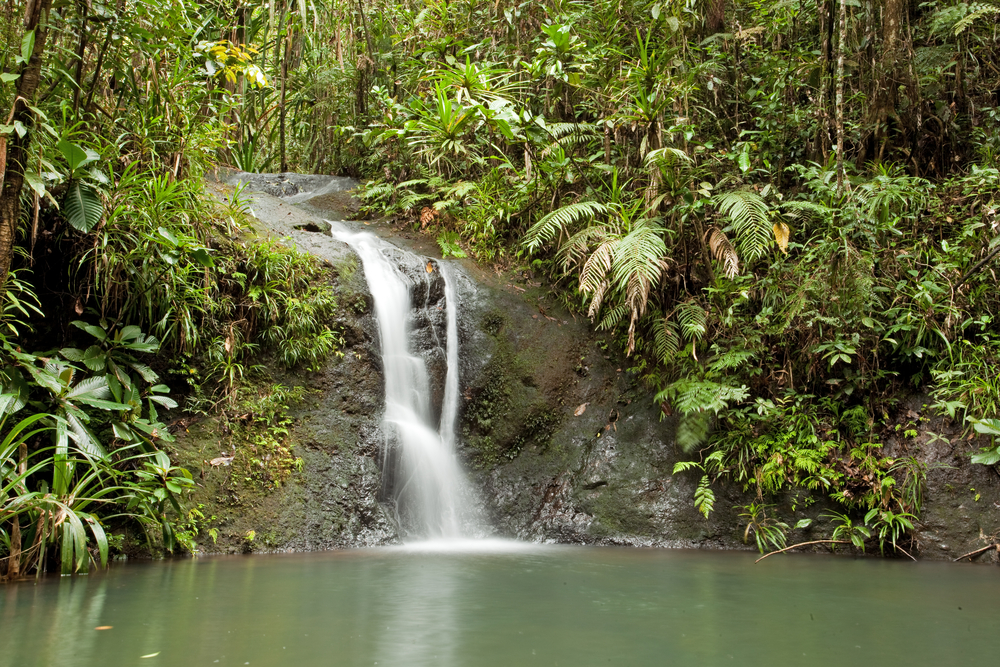
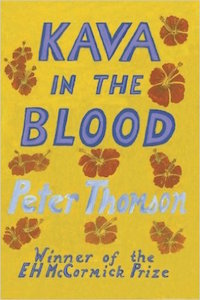 Kava in the Blood: A Personal & Political Memoir from the Heart of Fiji
Kava in the Blood: A Personal & Political Memoir from the Heart of Fiji
by Peter Thomson
“The literary device of juxtaposing the story of the Fiji coup against autobiographical reminiscences of a Fiji background works very well. This is an excellent story, beautifully written and skillfully mixing the personal with the political … The EH McCormick Award for the Best First Book of Non Fiction, sponsored by the New Zealand Society of Authors (PEN Inc) and Creative New Zealand, goes to Kava in the Blood by Peter Thomson.” – Judges Report, Montana New Zealand Book Awards, 2000.
Entwined through the author’s reportage of the 1987 coups is an evocative picture of life in the islands. Thus, Kava in the Blood is also an intriguing story of hurricanes, haunted houses and copious kava consumption, set within the dramatic landscapes and vibrant cultures of the Fiji Islands.
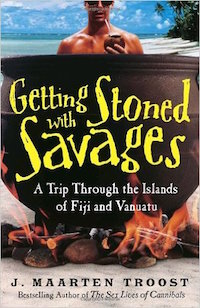 Getting Stoned with Savages: A Trip Through the Islands of Fiji and Vanuatu
Getting Stoned with Savages: A Trip Through the Islands of Fiji and Vanuatu
by J. Maarten Troost
Getting Stoned with Savages tells the hilarious story of Troost’s time on Vanuatu—a rugged cluster of islands where the natives gorge themselves on kava and are still known to “eat the man.” Falling into one amusing misadventure after another, Troost struggles against typhoons, earthquakes, and giant centipedes and soon finds himself swept up in the laid-back, clothing-optional lifestyle of the islanders.
When Sylvia gets pregnant, they decamp for slightly-more-civilized Fiji, a fallen paradise where the local chiefs can be found watching rugby in the house next door. And as they contend with new parenthood in a country rife with prostitutes and government coups, their son begins to take quite naturally to island living—in complete contrast to his dad.
 Dodging Machetes: How I Survived Forbidden Love, Bad Behavior, and the Peace Corps in Fiji
Dodging Machetes: How I Survived Forbidden Love, Bad Behavior, and the Peace Corps in Fiji
by Will Lutwick
“Dodging Machetes” is sometimes dramatic and thrilling, other times flat-out funny. And it’s always compelling!
Will Lutwick, a quirky misfit, gets an MBA at 22, but soon realizes he and the American corporate world are a horrid mismatch. He joins the Peace Corps and is sent to the Fiji Islands, the quintessential tropical paradise. Will finds himself attracted to prohibited pulchritude when Rani Gupta, a beautiful, rebellious 20-year-old from a traditional Hindu family, begins working in his office. Dating is taboo in Fiji’s large Indian community, and an interracial couple would be unprecedented. But Rani and Will soon discover their mutual attraction impossible to resist. Their liaison is clandestine, but word gets out, and a cultural firestorm engulfs Rani’s community. The two lovers are under constant threat of attack, and violence ensues. Will must confront his personal demons about courage and commitment, while Rani is treated like a pariah by her people. Will the besieged lovers stay together, or will a hostile world tear them apart?
In between the dramatic scenes, this seriocomic memoir is savvy and often hilarious. Lutwick deliciously skewers his own behavior and satirizes the people, practices, and protocols he encounters in Fiji and in backstory about his youth.
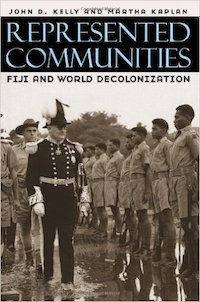 Represented Communities: Fiji and World Decolonization
Represented Communities: Fiji and World Decolonization
by John D. Kelly & Martha Kaplan
In 1983 Benedict Anderson’s Imagined Communities revolutionized the anthropology of nationalism. Anderson argued that “print capitalism” fostered nations as imagined communities in a modular form that became the culture of modernity.
Now, in Represented Communities, John D. Kelly and Martha Kaplan offer an extensive and devastating critique of Anderson’s depictions of colonial history, his comparative method, and his political anthropology. The authors build a forceful argument around events in Fiji from World War II to the 2000 coups, showing how focus on “imagined communities” underestimates colonial history and obscures the struggle over legal rights and political representation in postcolonial nation-states. They show that the “self-determining” nation-state actually emerged with the postwar construction of the United Nations, fundamentally changing the politics of representation.
Sophisticated and impassioned, this book will further anthropology’s contribution to the understanding of contemporary nationalisms.
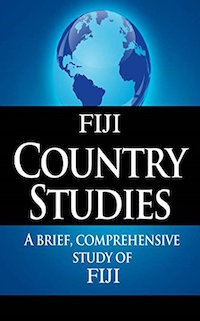 FIJI Country Studies: A brief, comprehensive study of Fiji
FIJI Country Studies: A brief, comprehensive study of Fiji
by CIA & State Department
A brief yet detailed report on the country of Fiji with updated information on the map, flag, history, people, economics, political conditions in government, foreign affairs, and U.S. relations.
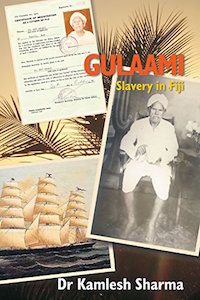 Gulaami: Slavery in Fiji: Indentured Labour – Fiji
Gulaami: Slavery in Fiji: Indentured Labour – Fiji
by Dr Kamlesh Sharma
Gulaami documents the experiences of a Girmitiya (Indentured Labourer) in Fiji who is originally from the village of Devadeha in the district of Basti in Uttar Pradesh.
The reinvented slave trade of the mid 1850s by the British resulted in the removal of hundreds of thousands of Indians from their motherland, India and transplanted against their wishes in the British colonies (including Fiji) across the globe.
In the South Pacific setting, slavery in Fiji is a story of the forgotten stolen generation right in the backyard of countries such as Australia and New Zealand.
The story of Gulaami is about the ancestors of the Fijiindians who sacrificed so much for the betterment of Fiji and the emergence of the Fijiindian society, who are still struggling for equality and justice in the only country that they have known since their birth, Fiji.
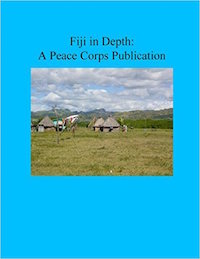 Fiji in Depth: A Peace Corps Publication
Fiji in Depth: A Peace Corps Publication
by Peace Corps
Fiji became a British Crown colony in October of 1874. In 1970, the nation became self-governing under the British Commonwealth. Fiji was converted into a republic after a 1987 military coup, but rejoined the commonwealth in 1997. A similar pattern occurred when George Speight, a businessman who ignited ethnic tensions, led a civilian coup in 2000. Speight and his men took 45 government officials hostage for nearly two months until the military restored order. The interim president, Josefa Iloilo, was eventually sworn in by the Great Council of Chiefs in March 2001.
In September 2001, general elections were held and interim Prime Minister Laisenia Qarase was elected to that position. General elections were held again in May 2006, and both the president and prime minister were re-elected to their positions. Despite the election, another coup toppled the government on December 5, 2006. Led by Commodore Voreqe Frank Bainimarama, the military peacefully, but forcefully, removed Qarase and Iloilo. On January 4, 2007, Commodore Bainimarama returned executive power to ousted President Iloilo. Fiji is currently led by Prime Minister Bainimarama and President Iloilo‘s appointed successor, Ratu Epeli Nailatikau.
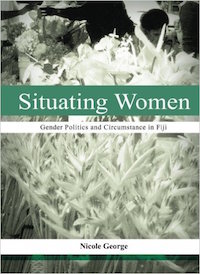 Situating Women: Gender Politics and Circumstance in Fiji
Situating Women: Gender Politics and Circumstance in Fiji
by Nicole George
Since the time of decolonisation in Fiji, women’s organisations have navigated a complex political terrain. While they have stayed true to the aim of advancing women’s status, their work has been buffeted by national political upheavals and changing global and regional directions in development policy-making. This book documents how women activists have understood and responded to these challenges.
It is the first book to write women into Fiji’s postcolonial history, providing a detailed historical account of that country’s gender politics across four tumultuous decades. It is also the first to examine the ‘situated’ nature of gender advocacy in the Pacific Islands more broadly. It does this by analysing trends in activity, from women’s radical and provocative activism of the 1960s to a more self-evaluative and reflexive mood of engagement in later decades, showing how interplaying global and local factors can shape women’s understandings of gender justice and their pursuit of that goal.
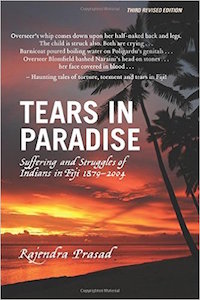 Tears in Paradise: Suffering and Struggles of Indians in Fiji 1879-2004
Tears in Paradise: Suffering and Struggles of Indians in Fiji 1879-2004
by Rajendra Prasad
Tears in Paradise – Suffering and Struggles of Indians in Fiji 1879-2004 reveals the horrific treatment of Indian indentured workers (Girmitiyas) in Fiji by the British from 1879-1919. Indenture system (Girmit) under which they were recruited was slavery by another name. Working and living conditions were so atrocious that Fiji had the highest rate of suicide in the world and highest rate of infanticide among the colonies that deployed indentured labour. Author, Rajendra Prasad, a descendant of Girmitiya grandparents, graphically captures the suffering, struggles and sacrifices of the pioneer generation, “Overseer’s whip comes down upon her half-naked back and legs. The child is struck also. Both are crying… Barnicoat poured boiling water on Poligardu’s genitals… Blomfield bashed Naraini’s head on stones… her face covered in blood…”
The British had recruited 60,965 Indians to work in the sugarcane plantations in Fiji. Deceit and deception was widely used in the recruitment process to trap the innocent, poor and ignorant peasants for countries they never knew or dreamt of going. It tore their hearts when they realized that it was separation from their motherland. In 1882 when ships Berar and Poonah I set sail for Fiji, fifteen recruits jumped overboard and drowned. In the ships, many fell sick and some died of homesickness. In the fields, they worked for long hours and ritually suffered whips, kicks and sticks of the white Overseers. Women in advanced stage of pregnancy were forced to work. Some gave birth in the fields and most were required to return to work within days of child birth. The rigors of plantation life changed their demeanour.
Methodist missionary, Hannah Dudley, in her letter to the Indian leaders on November 4, 1912, asked for the abolition of the indenture system. She wrote, “I shall never forget the first time I saw ‘indentured’ women. They were returning from their day’s work. The look on those women’s faces haunts me…” The second part of the book captures the contemporary history of Fiji under the theme “An Uncertain Future”, echoing racial discrimination and marginalization of Indo-Fijians by successive Governments, as anxiety and insecurity about their future kept them on the edge. Tears in Paradise eloquently captures the gruesome events – suffering that will haunt, endurance that will challenge, violence that will confound and struggle that will inspire. One reader wrote, “…once in my hand, I could not put it down and cried at several places. It eloquently brought out the human element often missing in other historical publications on the subject.”
Kids Book Recommendations
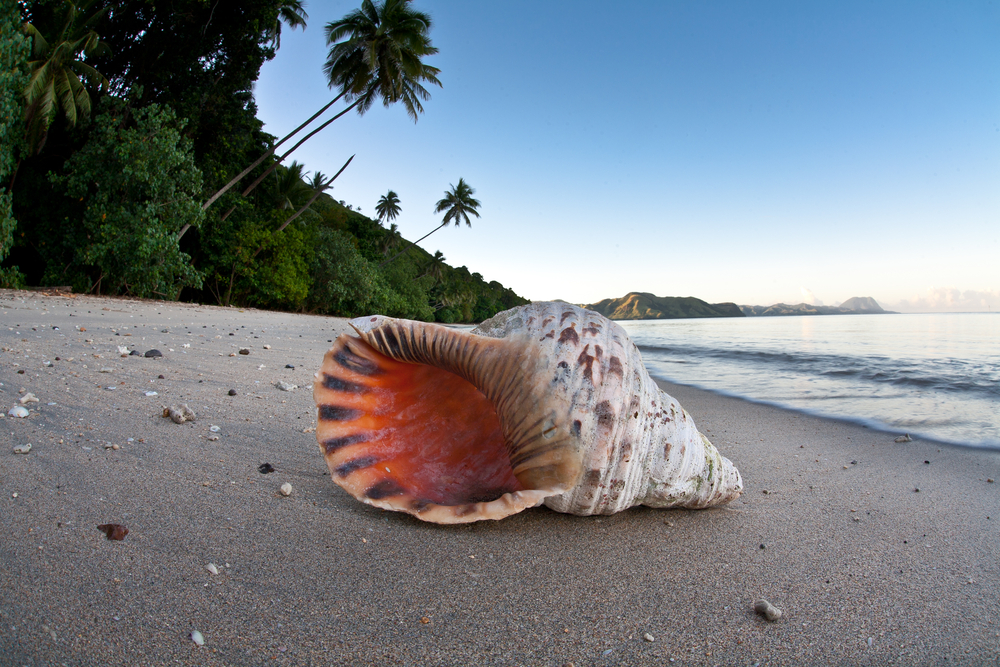
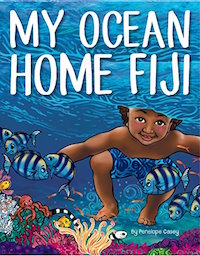 My Ocean Home Fiji
My Ocean Home Fiji
by Penelope Casey
The adventurous and water-loving Tui starts his day by exploring the beach with friends and finding kasikasi crabs. As Tui and his friends wade into the shallow waters they encounter beautiful blue starfish and schools of small fish near the reef. They swim to deeper waters and they find larger marine animals like the gentle turtle and a camouflaged octopus hidden in the rocks. Tui’s sea animal friends eventually lead him to the shining underwater treasure!
Tui loves his ocean home and readers learn about life in Fiji in a traditional island setting. This allows children from around the world to learn about cultures different from theirs and also conservation and the marine environment of Fiji. With beautifully captivating images and a story of exploration that every child can relate to, ‘My Ocean Home’ paints a picture of island life in Fiji that children can experience over and over again.
By demonstrating to readers how marine life is such an integral part of childhood, Tui’s Gang hope to build awareness and bring the ocean and sea to the attention of young readers. Through this awareness, conservation can be fostered as children learn to appreciate and protect the environment around them.
Film Recommendations
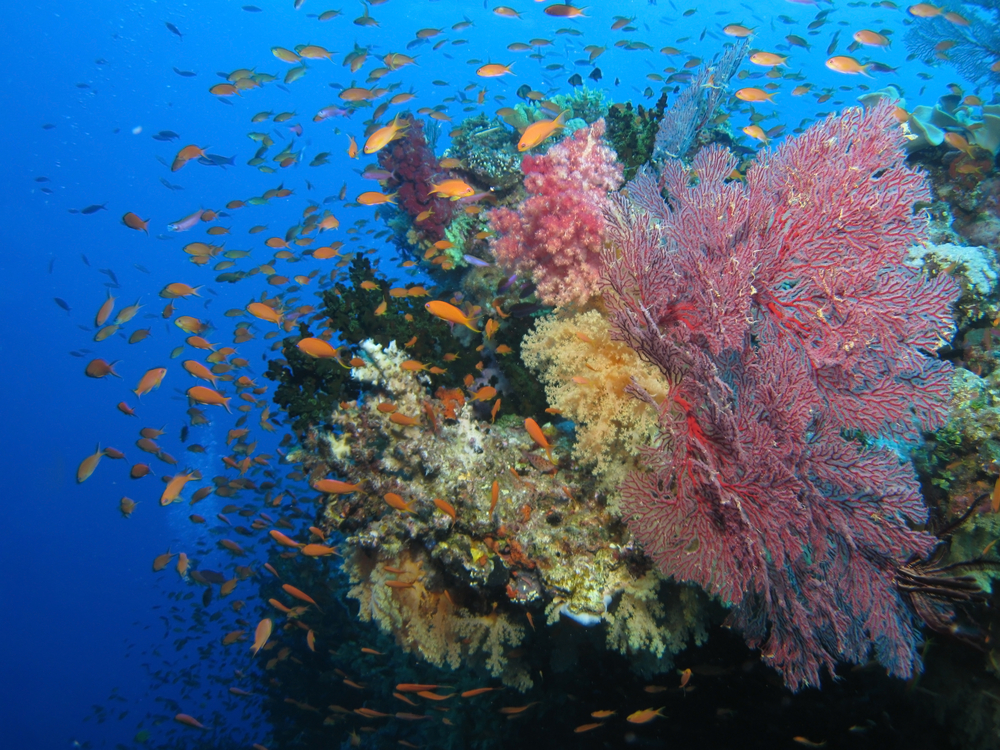
Islands Fiji – History Channel Documentaries
The Beautiful Islands of Fiji – Explore the history and culture
Any unfortunate shipwrecked sailor or devout missionary who came to the Fiji Islands in years past, had a good chance of ending up in a big pot being cooked and served for dinner, to a whole tribe of hungry warriors, chiefs, priests and even children. Rick made two trips to Fiji and he experienced the magic of these islands both on land, under the sea, and from above in helicopters. He also found ways to look into the past and tell stories about the days of cannibalism, and even how the sailors on the H. M. S. Bounty were almost captured and eaten after their infamous mutiny. Under the leadership Fletcher Christian, Captain William Bligh was put adrift with eighteen sailors in a small boat and they almost ended up in one of those big pots being cooked for dinner on one of the Fiji Islands.
On Rick’s first trip to the Fiji islands he was part of a scuba diving group from Malibu California. On this trip the group dove on the spectacular coral reefs around a private island, Waya, that was controlled by it’s chief and his counsel. After the divers were granted permission to dive by the chief, they found the most beautiful under sea scenery and reef fish Rick has ever filmed. On his second trip Rick did more diving and visited native villages for cava ceremonies, road on a canoe up a jungle river to beautiful water fall where Fijian men dove from the high cliffs., Then you’ll take a sea cruise, island hopping with Rick on a famous sailboats named The Seaspray. You’ll even visit the island where Tom Hanks filmed his movie Castaway. You will experience all of this and more with Rick Howard in this movie; THE REAL WORLD OF FIJI.
The Pacific Way Story – Struggling for a better Living, Squatters in Fiji
Fiji: Finding a Path Forward
Ethnic Unrest – Fiji
Inshore Fishing in Lau; An Ethnographic Documentary Film
Nat Geo Wild Islands Fiji HD Nature History Documentary
IN EXILE AT HOME-A Fiji Indian Story
The Story of Fiji Water
Fiji: Women Vendors of Nasau Village
These women are currently not part of the decision-making structure and cannot influence decisions that would benefit them, including how to allocate vending spaces, the provision of secure shelters and increased policing to improve safety.
But UN Women’s Pacific Sub-Regional office in Fiji is implementing a three-year project called “Partner Improving Markets in Fiji” as part of the regional programme for women’s economic empowerment to address these issues.
Child Labour in Fiji
Crab Farming- Navua Fiji
They’re farming crabs in huge ponds and mangroves pans!
That’s right – and the Crab Company Fiji will argue that it’s quite possible!
Join us over the next half hour as we show you just what a little ingenuity , innovation and hard work can achieve.
Article Recommendations
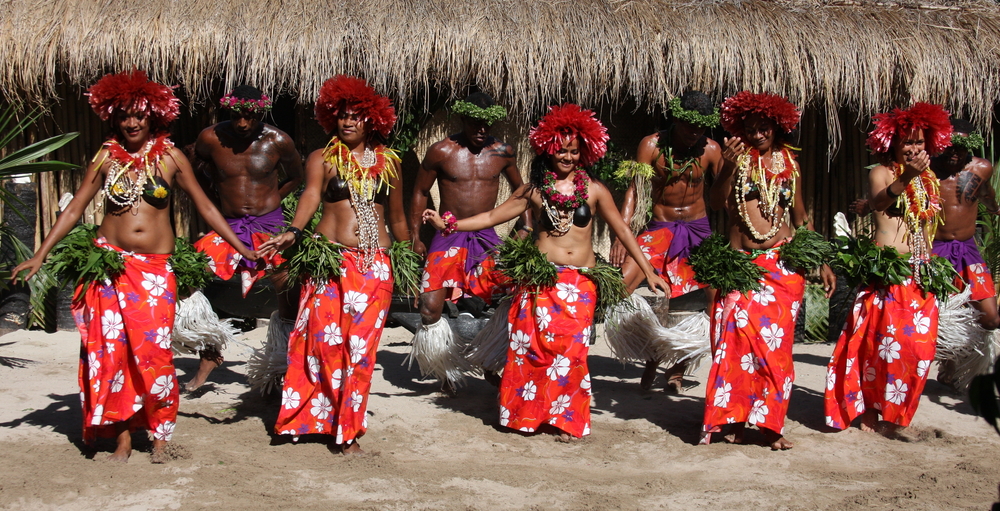
$5.4 Billion Melanesian Ocean Economy in Peril – The Guardian
Secret Russian Arms Donation to Fiji Raises Concerns of Bid for Pacific Influence – The Guardian
Transformative Women’s Leadership: An Interview with The Fiji Women’s Rights Movement – Global Fund for Women
Tiny Fiji Key Contributor to UN Missions – Al Jazeera
Fiji Coup Leader Declares Poll Victory – Al Jazeera
Fiji Wins Its First Medal: a Gold in Rugby – NY Times
Fiji Country Profile – BBC
Project Options:
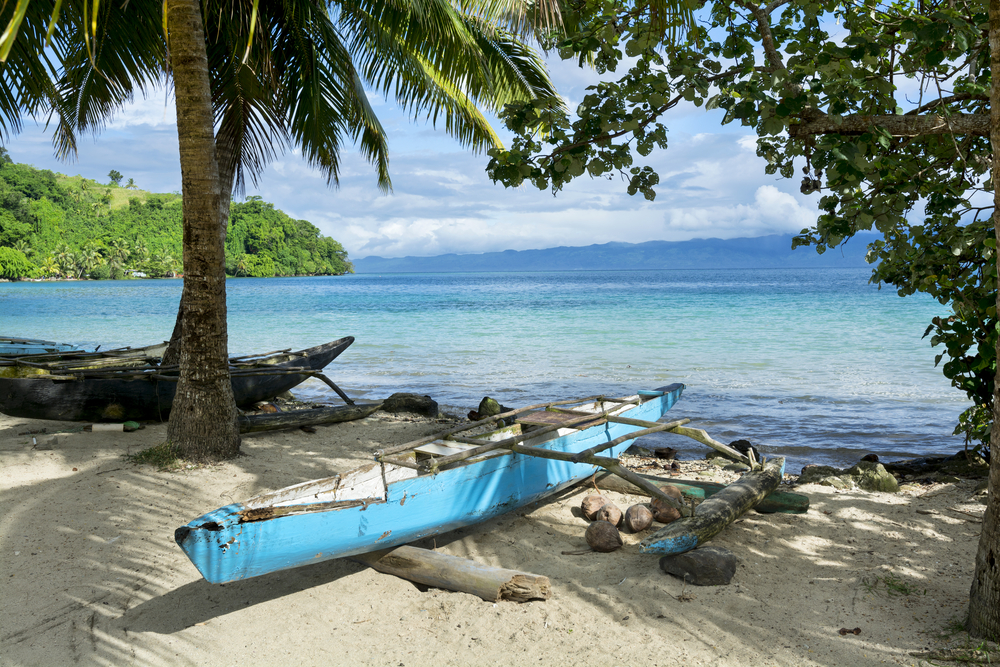
History
Fiji was one of the last island groups to be discovered and colonized. Independence and post-colonial reconstruction is recent history. Take some time to read some books about the native Fijian experience, both before the arrival of the Europeans and in the years since. Some topics to explore include:
- First settlement of Fiji
- Arrival of the first Europeans
- British colonial rule in Fiji
- Independence from Britain
- Coups of 1987
- Coup of 2000
- Coup of 2006
- 2009 Constitutional crisis
Economy & Industry
Tourism is an important aspect of the current economy of Fiji, but it’s not the only one. Examine, through research, but also on the ground, the primary industries and some of the smaller supporting industries in Fiji.
How have people supported themselves on these islands for generations? What are the primary trade products internationally? Learn about:
- Tourism (Different segments and types)
- Agriculture (What do they grow, traditionally and more recently?)
- Business (What are the main business investors in Fiji, both local and foreign?)
- Fiji Water (How did this island’s water come to be known and marketed around the world?)
Cannibalism
Fiji was known for many years as the “cannibal islands” because of the prevalent cultural practice of eating people. Warring tribes ate one another. People were sacrificed for boat launches, building of important buildings, and ceremonial ritual. The wide reputation of cannibalism in Fiji kept Europeans explorers out for a long time.
Study the history of cannibalism in Fiji. Who was Ratu Udre Udre and why is he significant? How were people killed and why? How do modern Fijians view this segment of their history? Is the practice still going on?
Girmityas
The girmityas were the Indian slaves brought to Fiji to work the British colonial sugar plantations and do other manual labor so that the indigenous Fijians would not have to do that work and their culture could be preserved.
Where did the girmityas come from? How did they get to Fiji? What was the British thinking in importing these people? What was life like for them? What role did they play in Fijian economic development during colonization? What is the situation now for their descendants? Did slavery end in Fiji, if so, how and when? If not, what does it look like today?
Fishing
Fishing is a primary industry in Fiji and exists in a number of forms, both historically and culturally as well as in modern industry. Take a look at fishing in Fiji:
- What sorts of fishing take place?
- Are there seasons for various marine products?
- What is the economic situation for fishermen?
- What has been the ecological impact of fishing around the islands of Fiji?
- Are there gender differences or issues in some kinds of fishing in Fiji?
Visit a wharf, or arrange to do some fishing in Fiji. An interesting comparison might be to take a fishing related tour, and then to arrange to go out on a regular boat with real fishermen. What are your conclusions about the fishing industry in Fiji?
Profiles of …..
Conduct a series of at least five interviews within Fiji. The point of the exercise would be to get a well rounded view of what it is like to live in the Cambodia from a variety of ages, incomes, employments and experiences. This could be conducted as video, or as text. Do an in depth analysis of the experience/information.
People you might profile:
- Farmers
- Teachers
- Restaurant owners/workers
- Religious leaders
- Government officials
- Doctors or nurses
- Cafe owners
- Street vendors
- Children
- Parents
- Drivers
- Artists or musicians
- Laborers
- Cab drivers
- Long term expats
- Shop owners or workers
Problems & Solutions
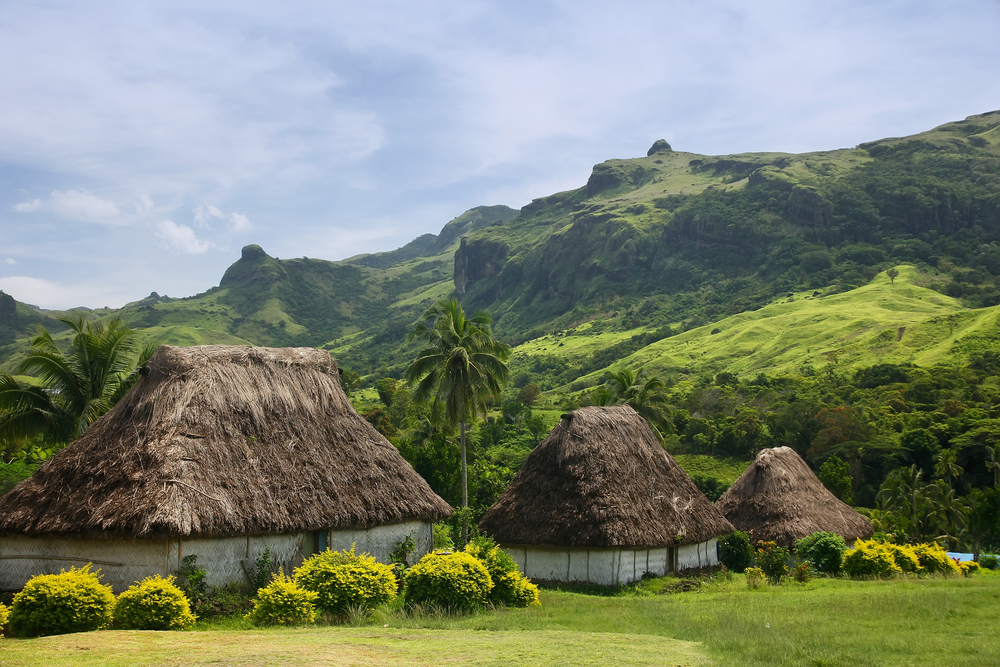
Child Labor
Child labor is a huge problem in Fiji. Do some research. Watch the video above. Which industries are the biggest offenders? What are the factors that continue to create the problem?
What is life like for children who are laborers? Are there any organizations or initiatives working to ameliorate the problem? If so, how? What is working? What is not working? Interview some children (with the permission of their guardians) who are working and ask about their daily reality.
Climate Change
Fiji is at serious risk from the effects of climate change. Read some articles and do some investigation on the ground about the effects that the islands are already feeling and the projected consequences if climate change continues on it’s present trajectory.
What are Fijians most concerned about? What is being done to head off the catastrophes? How is the international community involved, if at all? From a wider perspective, discuss the ways in which island nations are at additional and more immediate risk from climate change, using Fiji as an example.
Political Upheaval
Fiji has had an unsettled political history since the British relinquished control over the islands. Who is in charge now and how did that person come to power? What is the political structure like? What is the political reality like for every day people? Are there political successes to point to in recent years? In what areas does Fiji continue to struggle politically?
Examine the various regimes in the past 100 years and consider the pros and cons of the various administrations and rules.
Human Trafficking
Fiji does not have a good human rights record where human trafficking is concerned. It is both a source country and a destination country for persons who are trafficked. Child sex trafficking is a particular issue.
Do some research on human trafficking in Fiji, the historical and current situation. What are the biggest segments of trafficking? Who is engaging in the trafficking? What is being done by the government to move towards meeting the minimum international standards? Are there NGOs engaged in rescuing trafficked persons? Has the situation improved in recent years or not? How so?
Cultural Assignment Options
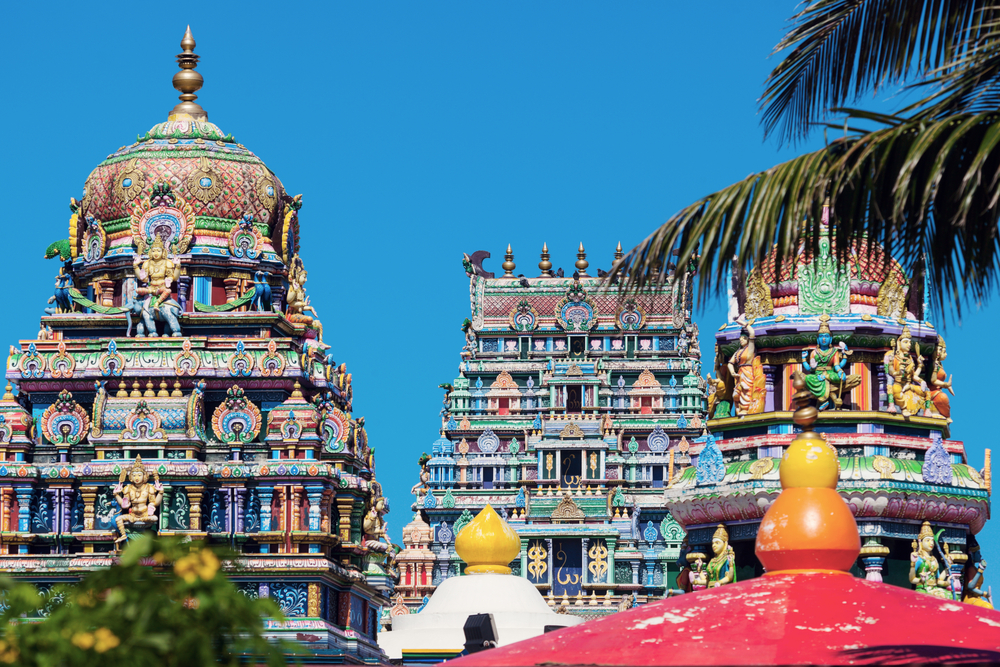
The purpose of the Cultural Assignment Options is to help you connect more deeply with the people and culture of Fiji. By digging in on a personal level, we make meaningful connections to a place that are carried over into other parts of life
Food
In Fiji you’ll gain a taste for cassava, fish, coconut, rice and taro in a variety of combinations. Try things. Experiment with flavors. Watch how foods are cooked. Ask if new friends, or folks running food carts will teach you how to cook some basic foods. Document as many new (to you) foods as you can in Fiji. Try to attend a local festival where traditional cooking methods are employed. Perhaps you want to compile a notebook of recipes as you go.
Meaningful Connections
What is a meaningful interaction? You get to decide that. In general, it should be an interaction in which cultural exchange took place and you learned something. Often this will be with a local person; sometimes it will be with another traveler.
Sometimes these interactions look like very little on the outside but are totally life changing on the inside. Other times, they are rock your world amazing from every angle. It could be a meal shared, an afternoon’s excursion, a discussion that opens your eyes in some way, a self revelation that happened without any words exchanged at all.
Spend a day with a local individual or family. Document your experience in photos, interviews and the written word. The best way to interact with locals is to just start chatting with them at markets, on tours or on the street. You can also ask other travelers if they have met anyone who has offered some insight into life in the country. If you are a family who have children attending a local school then have a party, invite a parent to coffee, basically just open up your home to new relationships.
Take a Class
There are many options! Don’t be limited by this list:
- Cooking (a traditional one if you can!)
- Language
- Art or Crafts
- Literature
- Yoga
- Dance
- Music
- Traditional fishing lessons
Museum Visits
Fiji doesn’t have tons of museums, but there are a couple worth checking out (if you know of others, please share them with us!):
Fiji Museum: Located in Suva’s Thurston Gardens, this museum is dedicated to preserving traditional Fijian history and culture.
Bilo Gun Battery Museum: A really neat old fort left from WW2, related to the Fiji Museum.
Save your ticket stubs!
Volunteer
Volunteering is a great way to get to know a local community and give back a bit to the places that you choose to travel. There are lots of ways to do this, both organized and arranged privately, as well as impromptu opportunities that will pop up.
Vet your volunteer options carefully. Educate yourself, specifically, about the ethical quagmire of orphanage voluntourism. Consider you skill set and volunteer appropriately through organizations that are legitimate and responsible charities. It’s best to do some serious research first.
Live local
Get out of the hostel, rent a place in a local village, or do a homestay. Through websites like Airbnb it’s easy to find places to live locally.
Photo essay or a blog description of why living local was different than living in a hostel. How did this experience change the economics of your stay? What did you learn about the way locals live? What challenged you? What would you do differently next time?
Public Transportation Project
Take as many types of public transportation as possible.
Challenge yourself to take every type of public transportation available while you are in Fiji. Create a photo essay or videologue of your adventures. What did you learn?
Attend a Religious Observance
Fiji is, primarily, a Christian country, due to missionary efforts during the colonial period. However there is a Hindu and Muslim population as well as a minority of more indigenous practices. Visit local religious observances. Think about the ways in which religion helps people preserve and reform cultures.. Don’t be afraid to ask questions. How does the religious climate in Fiji compare with what you grew up with?
Festivals
Food festivals, arts festivals, cultural festivals, music festivals, and more happen both at the local and national level in Fiji. Check out the festivals and celebrations in Fiji and make sure to hit at least one, if you can. Take pictures, participate in the events, try the foods, and party like a local!
How to Create Your Own Course Work
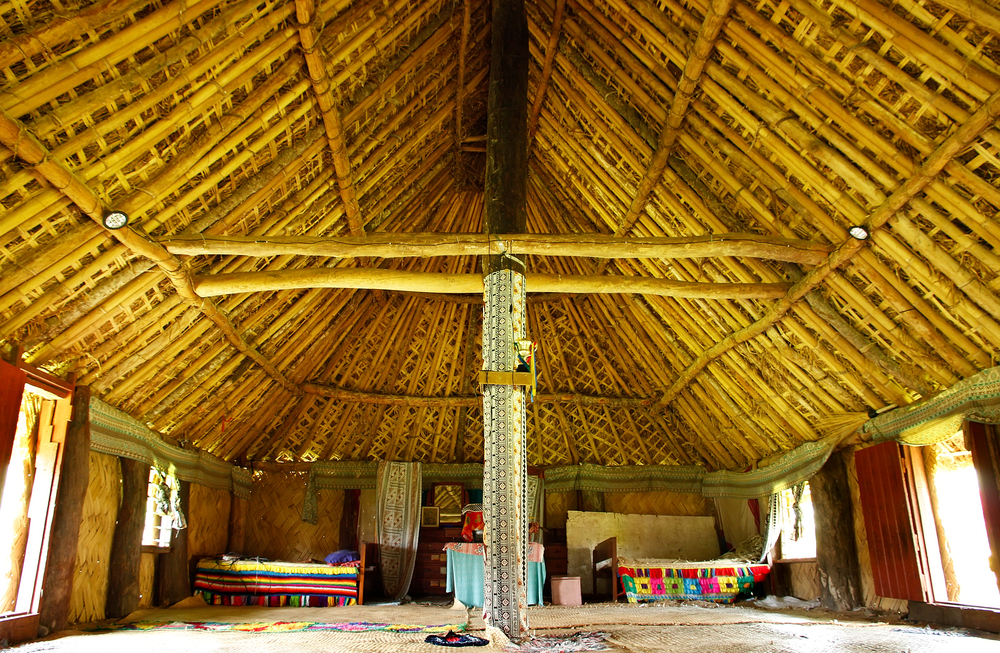
Ask
Learn to ask for what you want. If you meet someone interesting, ask them to teach you. Ask them for an interview. Ask to shadow them for a day or a week. You’ll be surprised at how eager people are to share what they know and teach when someone shows actual interest. Learn to ask questions. Learn to take social risks by putting yourself out there as a learner.
Plan
You have an idea or an interest. Something surprises you on your journey and all of a sudden you have a burning desire to know more. Plan your attack:
- Narrow your field of study to a particular question or topic.
- Compile resources: Look for teachers. Who knows what you need to know? Or who can you interview to learn more? Are there books or videos on the topic you’re interested in?
- Quantify it. How will you demonstrate what you have learned? A research paper, a video project, a photo essay, through art or music, a blog post, a published piece, an interview series, a mini documentary or do you have some other idea?
Produce
Produce a quality piece of academic work that reflects your experiential learning. The whole key to quantifying outside the box learning is to translate it into something that reflects the value of what you learned and how it contributed to your overall educational process.
Perhaps this will be as simple as a traditional research paper, depending on the depth and length of your study this could be as short as three pages or as long as a dissertation. Maybe you’ll produce a video for YouTube, or something grander, like a mini-documentary. Perhaps you’ll do something concrete instead, an art, or community action project and you’ll tell the story through a photo essay, or a series of blog posts. The possibilities are limited only by the resources you have at hand. Get creative. Think outside the box and truly experience your education.
Do You Have Anything to Add to This Resource Page?
We’re actively seeking to grow these resources in an open-source spirit. Please email jenn(at)bootsnall(dot)com with your edits or submissions of new information or materials.
Thank you!
Photo Credit: Nadezda Zavitaeva / Shutterstock.com, Don Mammoser / Shutterstock.com
